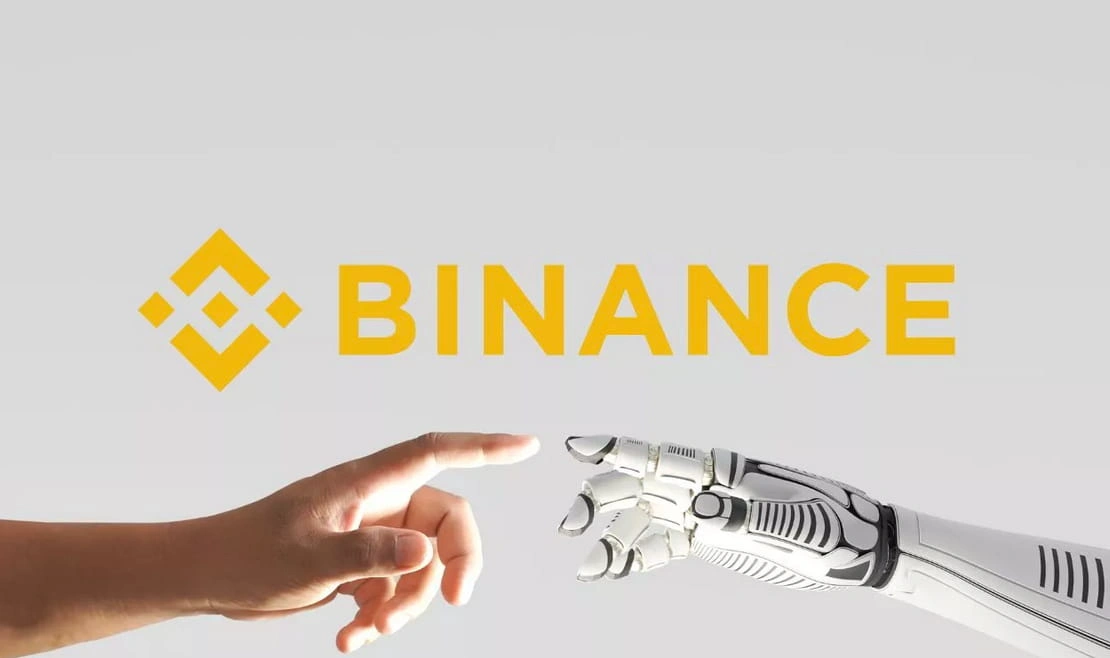While currently, blockchain technology predominantly facilitates financial transactions, its applications are evolving beyond the monetary realm. Emerging trends signal a shift towards leveraging blockchains for purposes such as fraud detection, AML, and supply chain management.
As these emerging technologies captivate global attention, the focal point shifts towards their convergence—specifically, the seamless integration of blockchain technology, big data, and AI. This synthesis is not merely a technological convergence; it is an alchemy that promises to empower businesses, enhancing their performance while simultaneously driving down costs for both enterprises and end-users. The intersection of these technological frontiers holds the key to a transformative future.
A Brief Prelude
In the realm of artificial intelligence (AI), a suite of technologies comes into play, unraveling data patterns, providing actionable insights, and autonomously executing recommended actions with minimal human intervention. Meanwhile, blockchain technology offers a distributed infrastructure, employing immutable ledgers to etch data in a tamper-resistant manner. On the other hand, big data encompasses the storage, analysis, and extraction of meaningful insights from massive datasets characterized by high volume and velocity.
Leveraging AI for Enhanced Anti-Money Laundering (AML) Measures
Addressing money laundering concerns within the blockchain and crypto sphere has long been a central regulatory focus. Cryptocurrency exchanges invest significantly in identifying and reporting suspicious transactions, incurring substantial costs with traditional, human-centric monitoring approaches.
To mitigate these challenges, Elliptic, a blockchain analytics firm, has seamlessly integrated AI into its technology stack. This integration enables the automated detection of suspicious blockchain transactions, hackers, and money laundering activities. By incorporating AI, crypto platforms gain a heightened level of trustworthiness, simultaneously enhancing security and reducing operational costs.
Efficient Fraud Detection through Big Data and AI
Similar to AML, the prevalence of fraudulent transactions imposes financial burdens on businesses, leading to higher insurance premiums. Peer-to-peer platforms, in particular, face a notable degree of fraudulent activities.
In response, Binance has implemented real-time machine learning for the detection and exposure of suspicious transactions across its exchanges, peer-to-peer transactions, and other marketplaces. The utilization of a streaming pipeline method allows Binance to unveil potential fraudsters with minimal human intervention, effectively cutting down on operational costs.
Validating Large Databases with AI and Blockchains
While the previous examples primarily focus on crypto-native applications, many enterprises adopt a combination of blockchain, data, and AI to enhance efficiency and reduce operational costs. A notable illustration is the collaboration between IBM and Walmart in the “Food Trust” project.
In this initiative, blockchain technology is harnessed to track and validate points within the supply chain. Concurrently, AI-based data analytics plays a pivotal role in identifying patterns within the data, contributing to continuous process improvement. This multifaceted approach showcases the broader applicability of AI and blockchain integration beyond the crypto landscape, emphasizing its potential across diverse industries for streamlined operations.
Persisting Challenges in the Blockchain Landscape
Despite its potential, blockchain technology grapples with several challenges that impede its widespread adoption. The following points shed light on some major hurdles hindering the growth of this transformative technology.
Bitcoin Dominance Dilemma
The trajectory of blockchain is intricately tied to the dominance of Bitcoin, which currently commands nearly 50% of the crypto markets (as of the time of writing). This dominance presents a formidable challenge for projects not directly involving Bitcoin. During bear markets, a substantial migration of funds occurs into Bitcoin, Ethereum, and select stablecoins, creating concerns for projects outside this purview.
This dynamic raises apprehensions about the viability of projects surviving a bear market, as tokens associated with these projects may face mass liquidation in favor of Bitcoin.
Funding Uncertainties
The crypto winter witnessed several investment and wealth funds losing significant sums—amounting to hundreds of billions of dollars—when projects either folded or temporarily halted operations. A meager recovery rate was observed among these funds.
Related: Mark Cuban Envisions Building Next-Gen American Cities Using Blockchain Innovation
Bloomberg’s reports reveal an 80% decline in crypto venture capital funding in Q2 of 2023 compared to 2022. Regulatory uncertainties stand out as a primary reason for this decline. While legal victories, as seen in the cases of Ripple and Grayscale, have occurred, pervasive regulatory concerns continue to cast a shadow over the crypto landscape.
This scenario has given rise to a prevailing notion that crypto projects are destined to fail, fueled in part by projects lacking substantial innovation at their core and seeking funds primarily for personal gains. Overcoming these funding challenges remains crucial for the sustained development of blockchain technology.
Navigating the Institutional Hesitation
While institutional players have conducted numerous pilot projects, many proving successful, their reluctance to publicly disclose intentions remains a notable challenge. The triumph of JPM Coin in cross-border payments, for instance, is shrouded in limited information, mirroring the subdued attention given to IBM’s Food Trust project.
The common thread behind this hesitancy echoes the regulatory ambiguity witnessed in other challenges. Governments have been slow to provide clear guidelines, leading institutions to adopt a cautious “wait-and-see” approach. Although there have been successes in the UAE and El Salvador, unlocking the full potential of blockchain requires endorsement from major economies, such as China or India, given their substantial consumer bases.
AI Ethics and Regulatory Scrutiny
Ethical concerns surrounding AI have prompted regulatory scrutiny, especially in scenarios where powerful entities could potentially marginalize others. The emergence of AI-generated artworks that rival or surpass human creations raises questions about the ethical use of technology, notably demonstrated in a US copyright case. The court ruled that AI-generated artworks devoid of human involvement are ineligible for copyright protection, exemplifying instances of unethical AI applications.
Conclusion
The trajectory of AI and blockchain is undoubtedly towards a bright future, residing at the forefront of innovation. Their synergistic potential is evident in applications like anti-money laundering, fraud detection, and large-scale data management. However, these prospects are intricately tied to the resolution of persistent challenges. Beyond these hurdles, the sky remains the limit for the transformative capabilities of AI and blockchain technologies.













